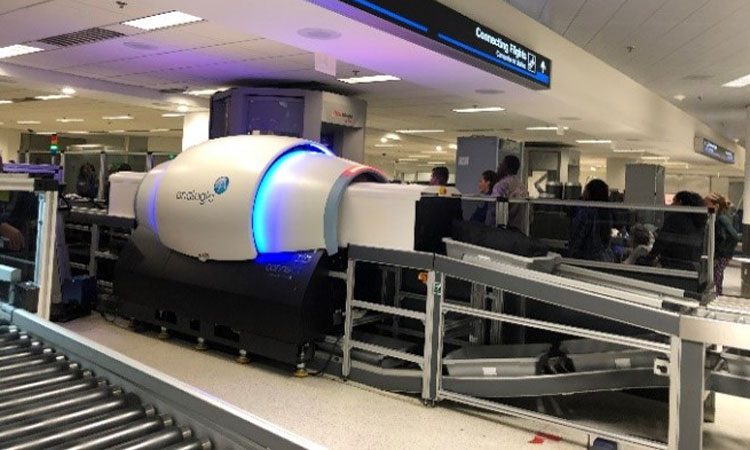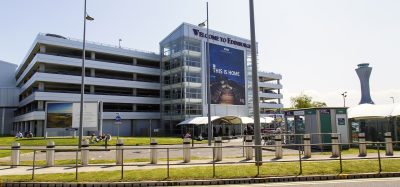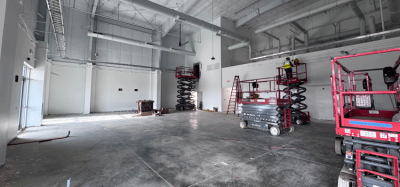MIA installs state-of-the-art 3D-checkpoint technology
Posted: 29 May 2019 | International Airport Review | No comments yet
A new CT scanner at Miami International Airport is expected to help relieve the pressure point of security lines within the terminal.


A state-of-the-art computed tomography (CT) scanner is now present at a Transportation Security Administration (TSA) checkpoint at Miami International Airport, providing improved explosive-detection capabilities.
The system applies sophisticated algorithms for the detection of explosives by creating a 3D image that can be viewed and rotated on three axes for thorough visual image analysis. If a bag requires further screening, TSA officers will inspect it to ensure that a threat item is not contained inside.
Lester Sola, MIA Director and CEO, said: “We are extremely proud to be one of the first 18 airports chosen by the TSA for this first wave of CT-screening technology deployment. Considering that there are 434 airports nationwide with traditional x-ray screening, we are honoured to be on the frontline of evaluating new security enhancements. In addition to increasing screening accuracy, the new CT scanners provide travellers the convenience of keeping electronic devices inside their carry-on bags and may soon allow them to keep approved liquids inside as well, which is welcome news.”
Like the existing CT technology used for checked baggage, the machines create a clear picture of a bag’s contents allowing the automatic detection of bulk and liquid explosives. The CT checkpoint units were designed with a smaller footprint than those used for checked baggage to account for space constraints and operational needs.
Daniel Ronan, TSA’s Federal Security Director for MIA, said: “TSA is committed to putting in place the best technology to enhance security while also improving the screening experience. CT technology substantially improves TSA’s threat-detection capability at the checkpoint.”
TSA is focused on testing, procuring and deploying additional CT systems in airports as soon as possible. TSA is also developing enhanced algorithms to address evolving aviation threats while decreasing the number of physical bag searches needed to resolve alarms and thereby improve operational efficiency and automated detection.
Passengers travelling through a lane with a CT will be permitted to leave laptops and other electronic devices in their carry-on bags and in the future, the goal is to keep 3-1-1 liquids inside the bag as well.
Join our free webinar: Beyond silos: How ecosystem thinking elevates the airport experience
In today’s complex aviation landscape, airports are moving beyond siloed operations to embrace a new era of collaboration. This webinar focuses on how leading airports are using ecosystem thinking to adapt, personalize, and continuously improve every touchpoint, boosting both passenger satisfaction and non-aeronautical revenue.
Date: 13 Nov | Time: 10:00 GMT
REGISTER NOW TO SECURE YOUR SPOT
Can’t attend live? No worries – register to receive the recording post-event.
Related topics
Regulation and Legislation, Safety, Sensory technology, Terminal operations

















